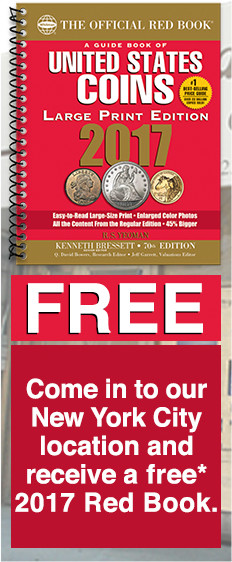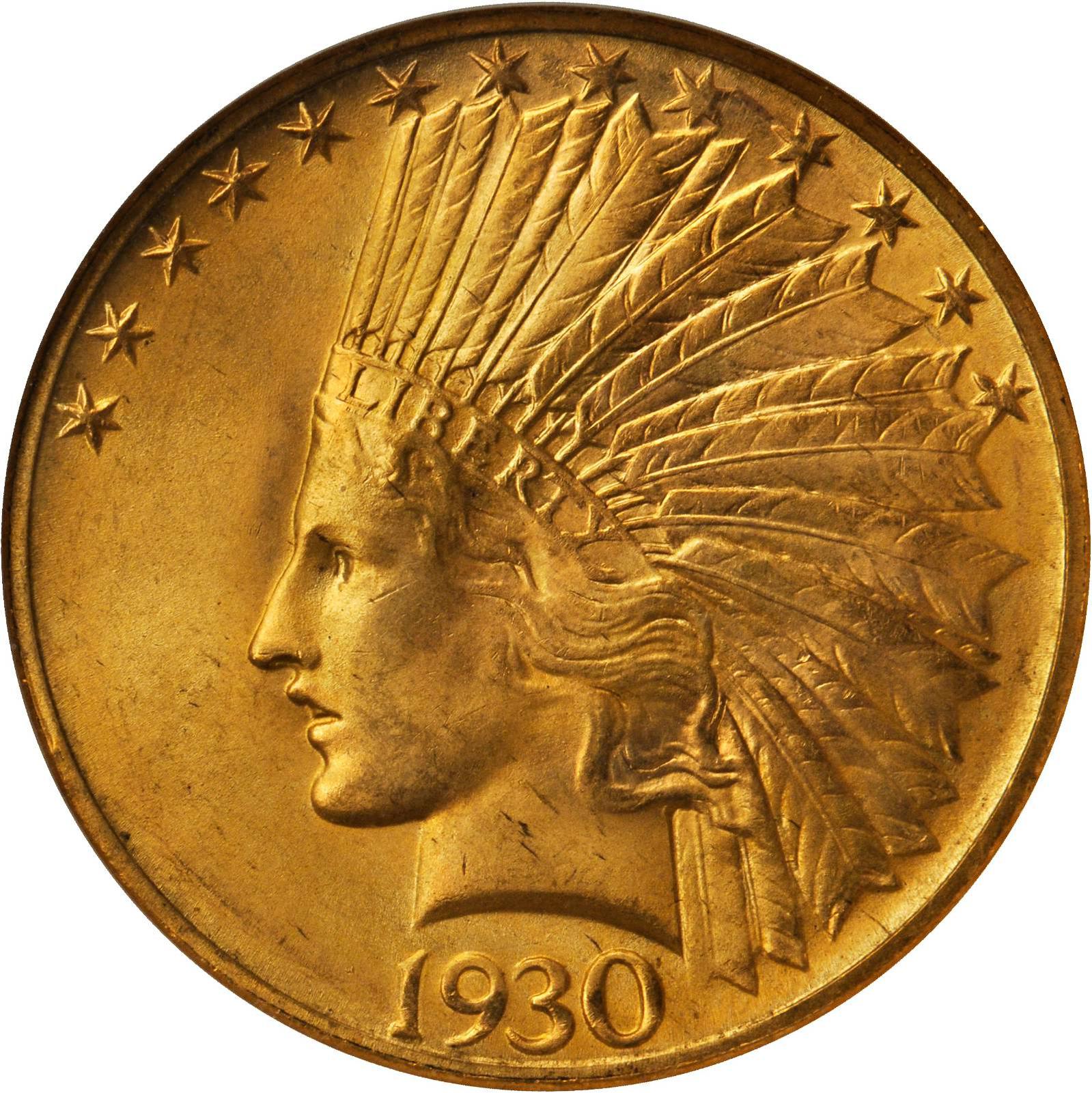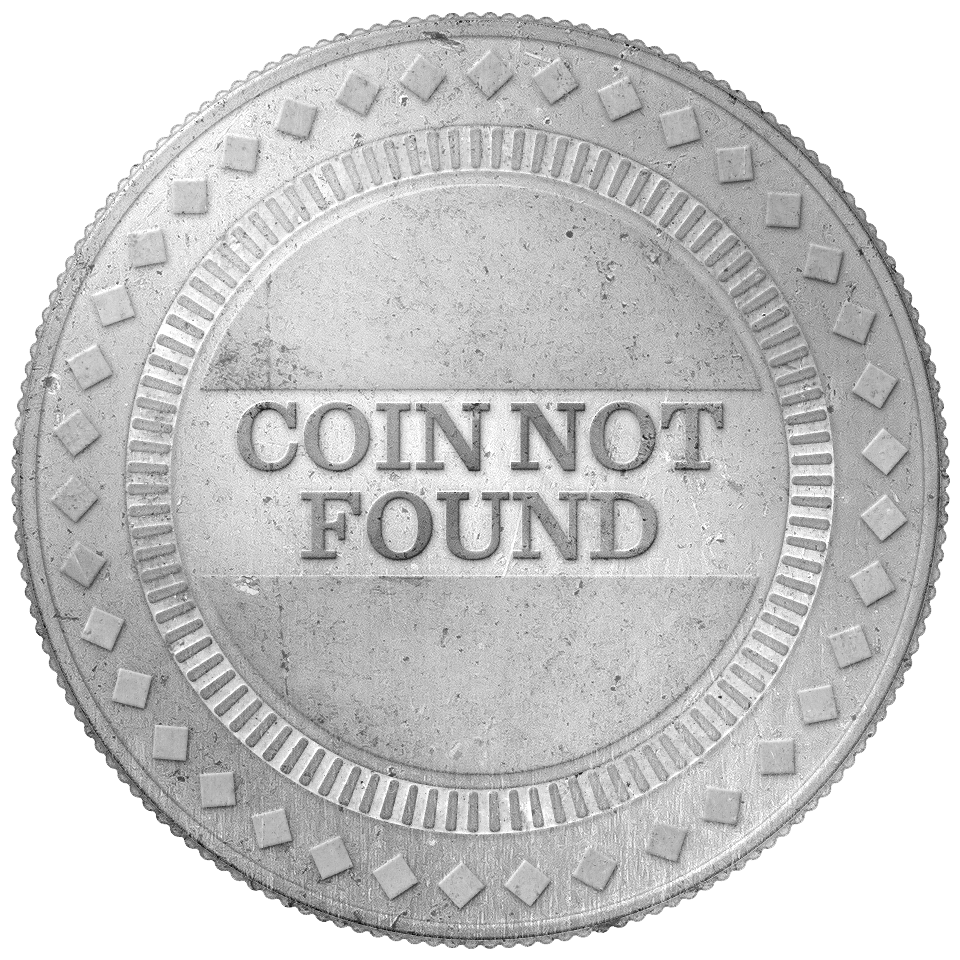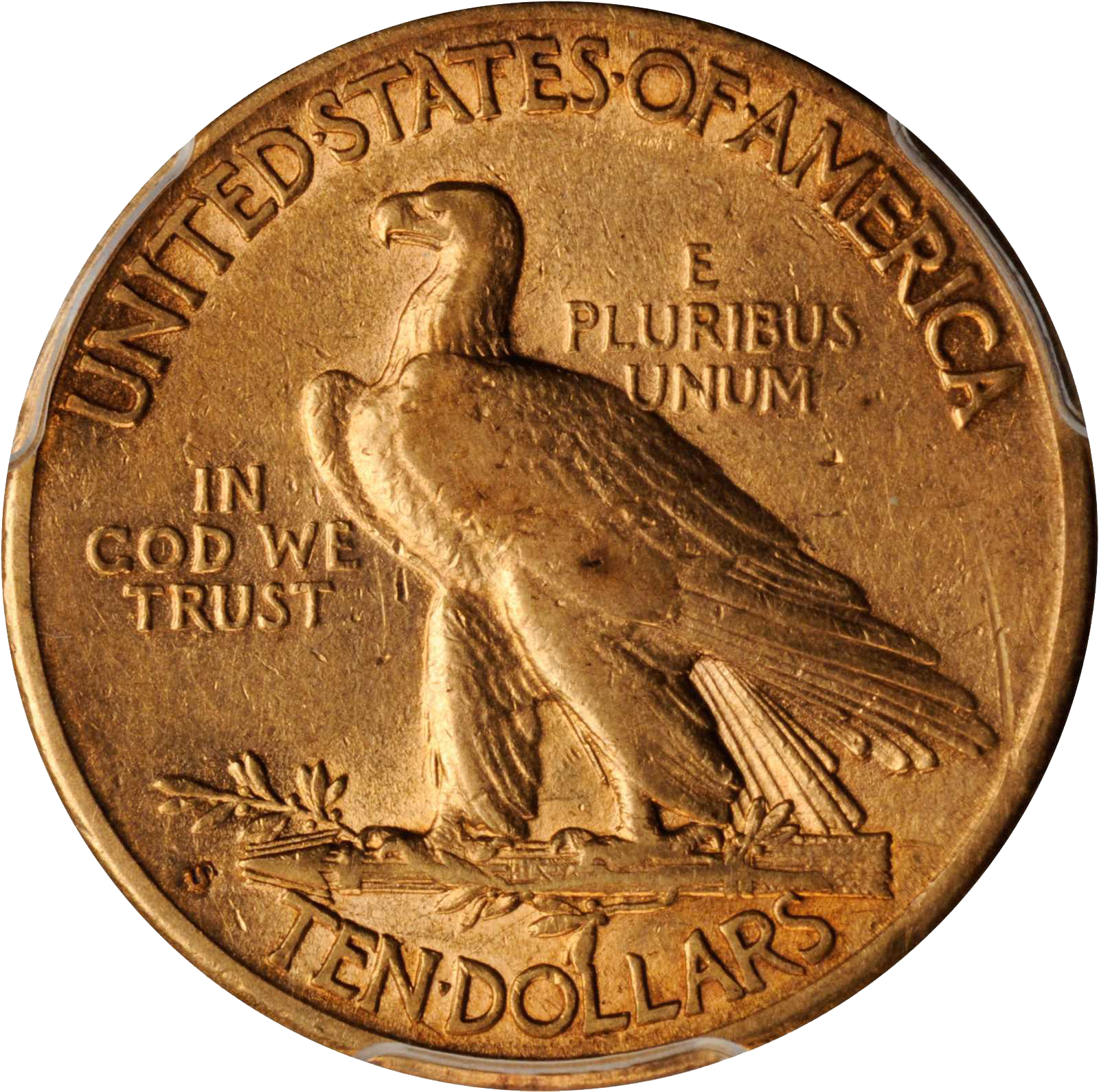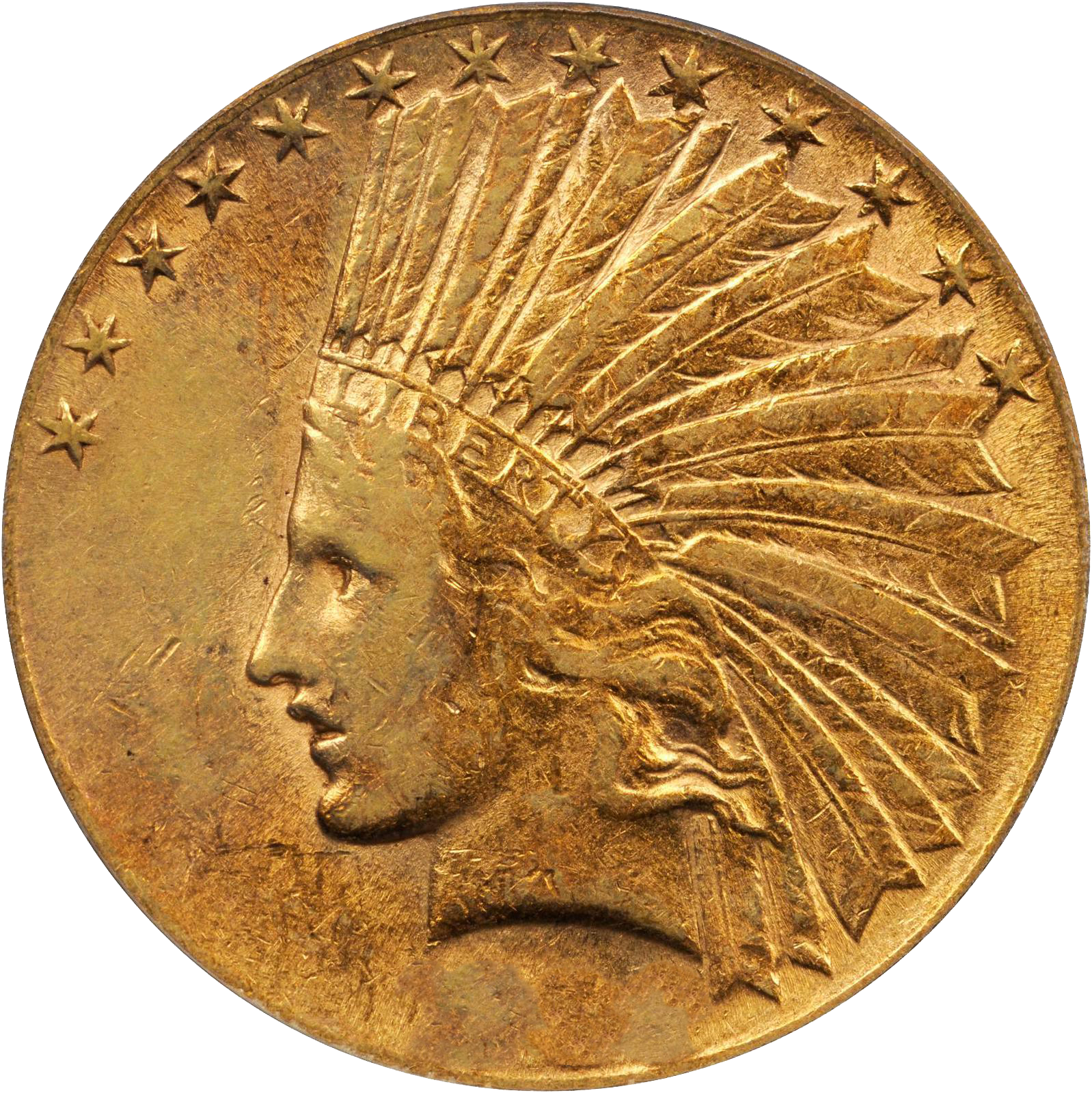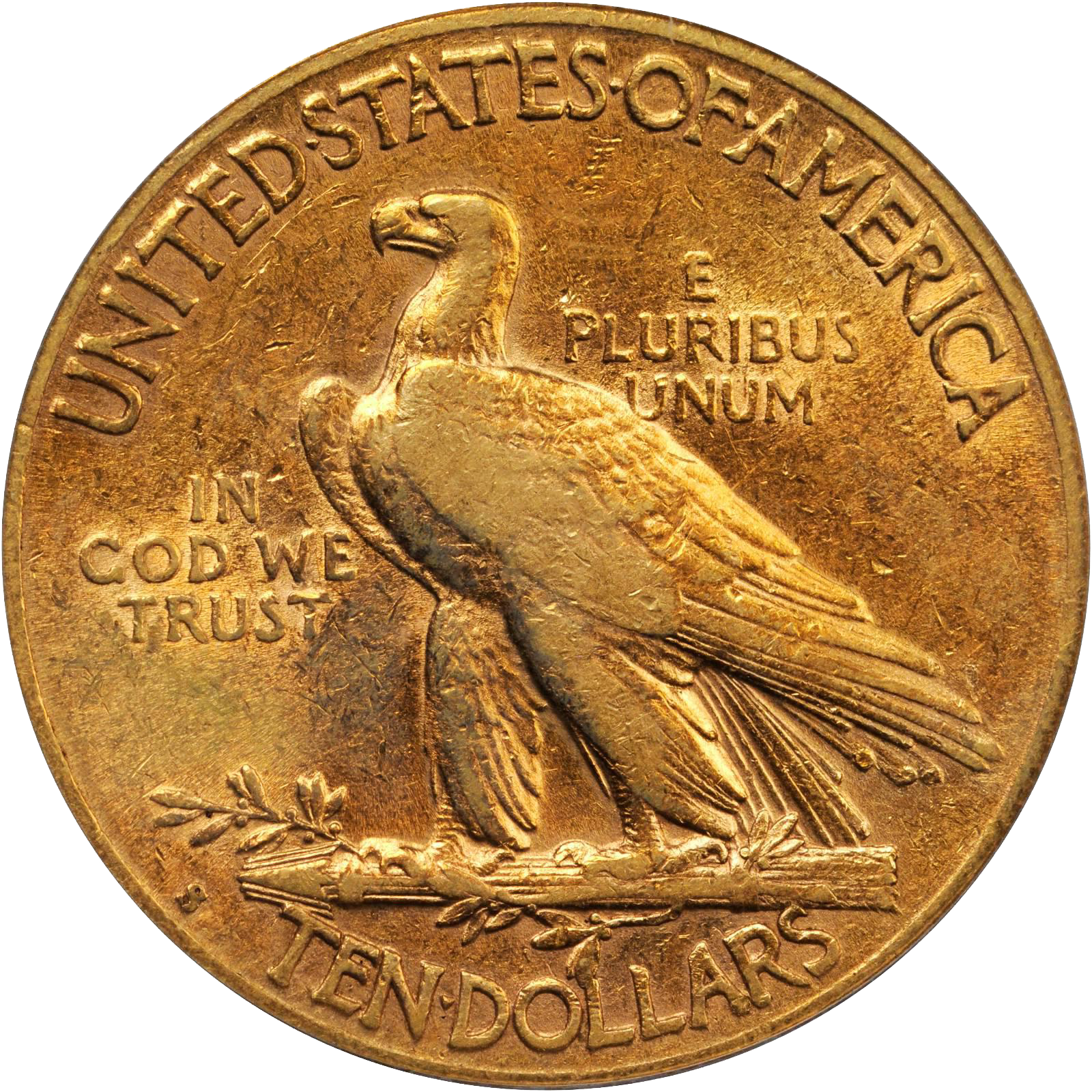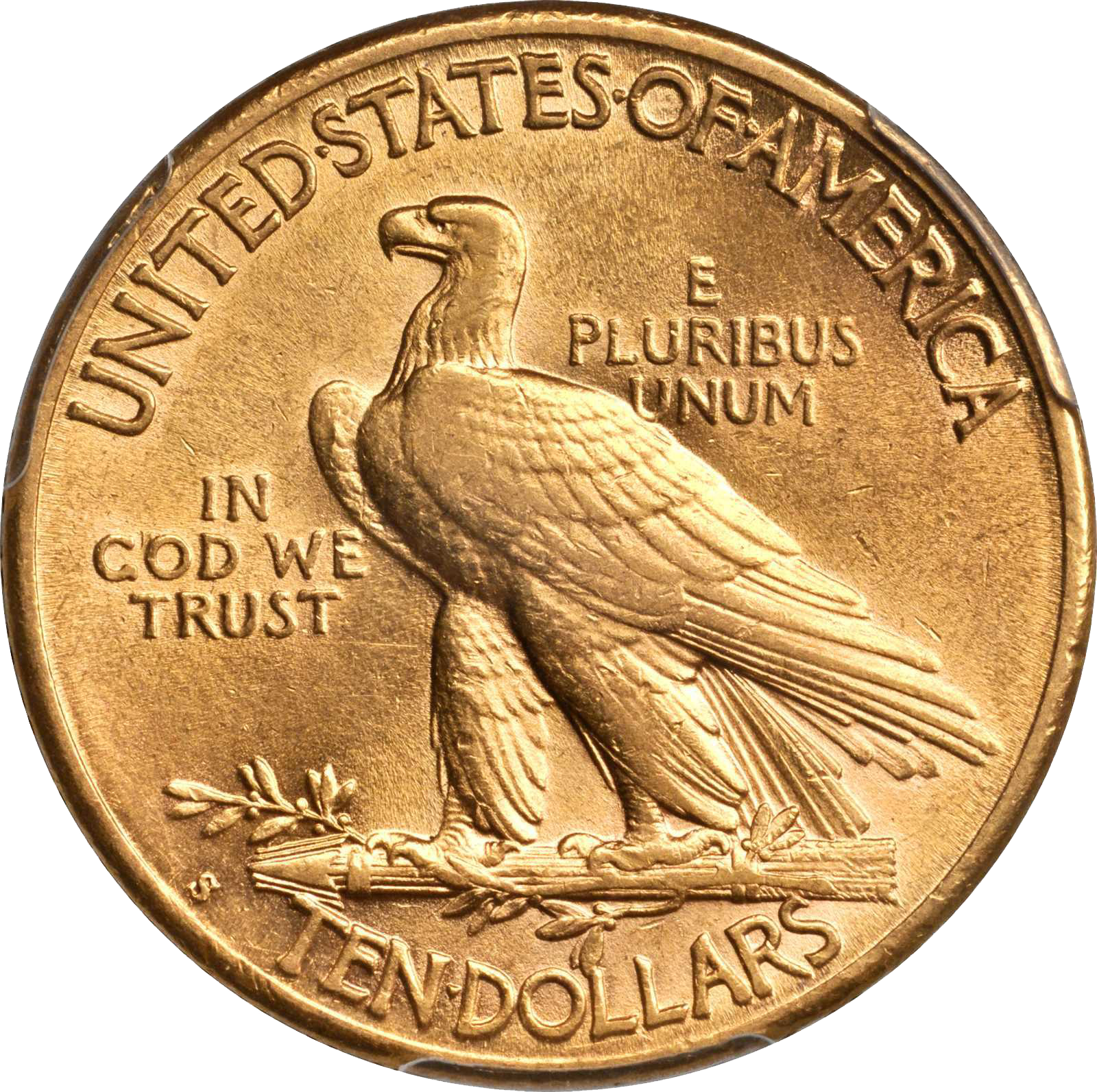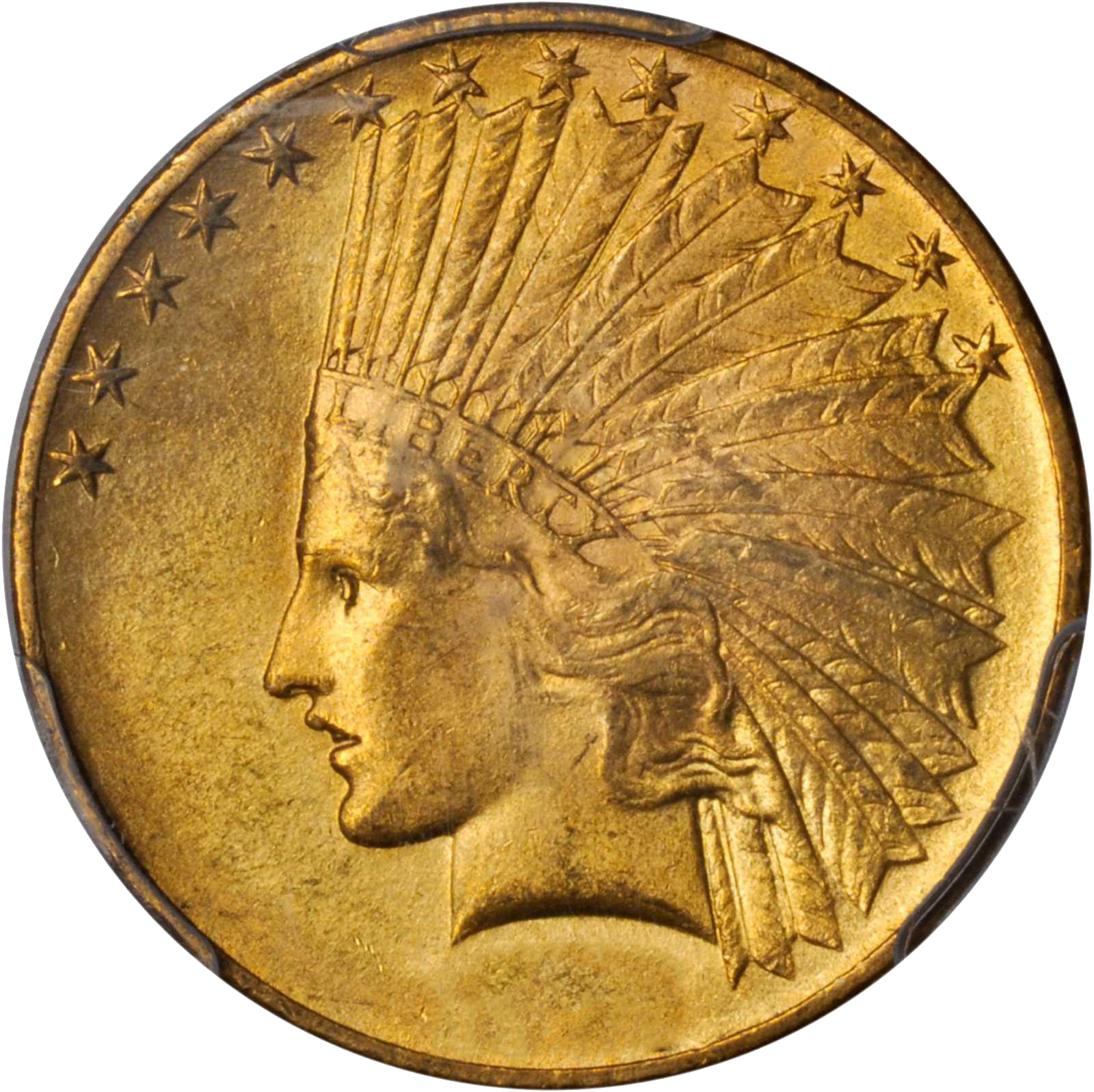Value of 1930-S Indian Head $10 Gold
History, Information, and Value of 1930-S Indian Gold Eagle
Value of 1930-S Indian Head $10 Gold
The typical 1930-S Indian Gold Eagle displays noticeable softness of detail in isolated areas. Many are lightly impressed at the central hair curls on the obverse and/or over the eagle’s left wing and trailing leg feathers on the reverse. Mint State survivors possess excellent satiny or softly frosted luster. While most display at least a few noticeable abrasions, it is easier to locate a relatively smooth-looking 1930-S than it is for the 1911-D, 1913-S, 1915-S and 1920-S.
With such a large number of coins struck in 1926, the federal government did not need any more eagles until 1930, when only the San Francisco Mint was called upon to strike coins. Few 1930 San Francisco Mint eagles found their way into commercial channels, however, and the majority of the mintage was eventually melted in the late 1930s after the gold recall. Today this is one of the rarest Indian eagles in terms of total number of coins extant, trailing just behind the 1920-S in overall rarity. Many survivors are circulated, but even in grades such as EF and AU the 1930-S is elusive. Mint State coins are rare, although with a concentration of examples at the Choice and Gem levels many of the survivors were likely obtained from the Mint or Treasury Department by contemporary collectors and other interested parties before the government stopped paying out gold coins at face value in April 1933. A couple of truly extraordinary examples have been certified MS-67 by PCGS and NGC, and the example in the National Numismatic Collection at the Smithsonian Institution is also a Superb Gem.
The text on the Indian Gold Eagle reads as follows. Obverse: LIBERTY; Date. | Reverse: UNITED STATES OF AMERICA; E PLURIBUS UNUM; TEN DOLLARS.
If your coin’s text does not match the text shown above, then there is a chance your coin is either a counterfeit, or has been worn to the point that some words or now unlegible. Let the experts at Coinappraiser.com take a look at your rare gold coin to determine if it is authentic. If the coin was purchased from a coin dealer or in a certified grading holder, then the chances are that your coin is authentic. If your coin was purchased from a online non-dealer source or at a flea market, then you may have reason to be skeptical. Our experts will always be able to tell you if your coin is authentic and answer the age old question: “How much is my gold coin worth?”




